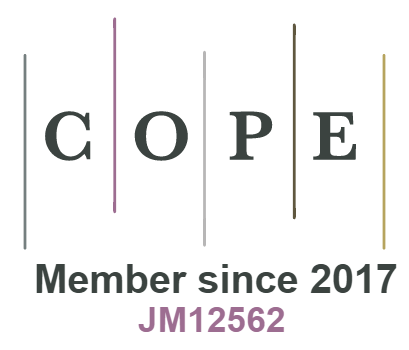Edge Computing and Quantum Computing to Find Statistics of Pandemic
DOI:
https://doi.org/10.18034/ei.v6i2.553Keywords:
Quantum Edge, Pandemics Disease, Healthcare Statistics, Qubits, BitsAbstract
Edge computing and quantum computing to find statistics of pandemic’ analysis the use of edge and quantum computing in tracking the events happening in the world to get the statistical analysis done to find pandemic causing factors and situations so that authorities can be notified so that a potential pandemic can be avoided in the near future. An edge computing system enables customer data to be processed at the edge of the network to as close as possible to the originating source. Quantum computing is an aspect of computer processing that concentrates on creating machines, computer systems, and technology using the tenets of quantum theory. The application of edge and quantum computing in the healthcare sector, just like in other industries, can enable significant advantages that only traditional computers may not bring.
Downloads
References
Ganapathy, A. (2015). AI Fitness Checks, Maintenance and Monitoring on Systems Managing Content & Data: A Study on CMS World. Malaysian Journal of Medical and Biological Research, 2(2), 113-118. https://doi.org/10.18034/mjmbr.v2i2.553
Ganapathy, A. (2016a). Blockchain Technology Use on Transactions of Crypto Currency with Machinery & Electronic Goods. American Journal of Trade and Policy, 3(3), 115-120. https://doi.org/10.18034/ajtp.v3i3.552
Ganapathy, A. (2016b). Speech Emotion Recognition Using Deep Learning Techniques. ABC Journal of Advanced Research, 5(2), 113-122. https://doi.org/10.18034/abcjar.v5i2.550
Ganapathy, A. (2017). Friendly URLs in the CMS and Power of Global Ranking with Crawlers with Added Security. Engineering International, 5(2), 87-96. https://doi.org/10.18034/ei.v5i2.541
Ganapathy, A., & Neogy, T. K. (2017). Artificial Intelligence Price Emulator: A Study on Cryptocurrency. Global Disclosure of Economics and Business, 6(2), 115-122. https://doi.org/10.18034/gdeb.v6i2.558
Neogy, T. K., & Paruchuri, H. (2014). Machine Learning as a New Search Engine Interface: An Overview. Engineering International, 2(2), 103-112. https://doi.org/10.18034/ei.v2i2.539
Paruchuri, H. (2015). Application of Artificial Neural Network to ANPR: An Overview. ABC Journal of Advanced Research, 4(2), 143-152. https://doi.org/10.18034/abcjar.v4i2.549
Paruchuri, H. (2017). Credit Card Fraud Detection using Machine Learning: A Systematic Literature Review. ABC Journal of Advanced Research, 6(2), 113-120. https://doi.org/10.18034/abcjar.v6i2.547
Vadlamudi, S. (2015). Enabling Trustworthiness in Artificial Intelligence - A Detailed Discussion. Engineering International, 3(2), 105-114. https://doi.org/10.18034/ei.v3i2.519
Vadlamudi, S. (2016). What Impact does Internet of Things have on Project Management in Project based Firms?. Asian Business Review, 6(3), 179-186. https://doi.org/10.18034/abr.v6i3.520
Vadlamudi, S. (2017). Stock Market Prediction using Machine Learning: A Systematic Literature Review. American Journal of Trade and Policy, 4(3), 123-128. https://doi.org/10.18034/ajtp.v4i3.521
--0--
Downloads
Published
Issue
Section
License
Engineering International is an Open Access journal. Authors who publish with this journal agree to the following terms:
- Authors retain copyright and grant the journal the right of first publication with the work simultaneously licensed under a CC BY-NC 4.0 International License that allows others to share the work with an acknowledgment of the work's authorship and initial publication in this journal.
- Authors are able to enter into separate, additional contractual arrangements for the non-exclusive distribution of the journal's published version of their work (e.g., post it to an institutional repository or publish it in a book), with an acknowledgment of its initial publication in this journal. We require authors to inform us of any instances of re-publication.









